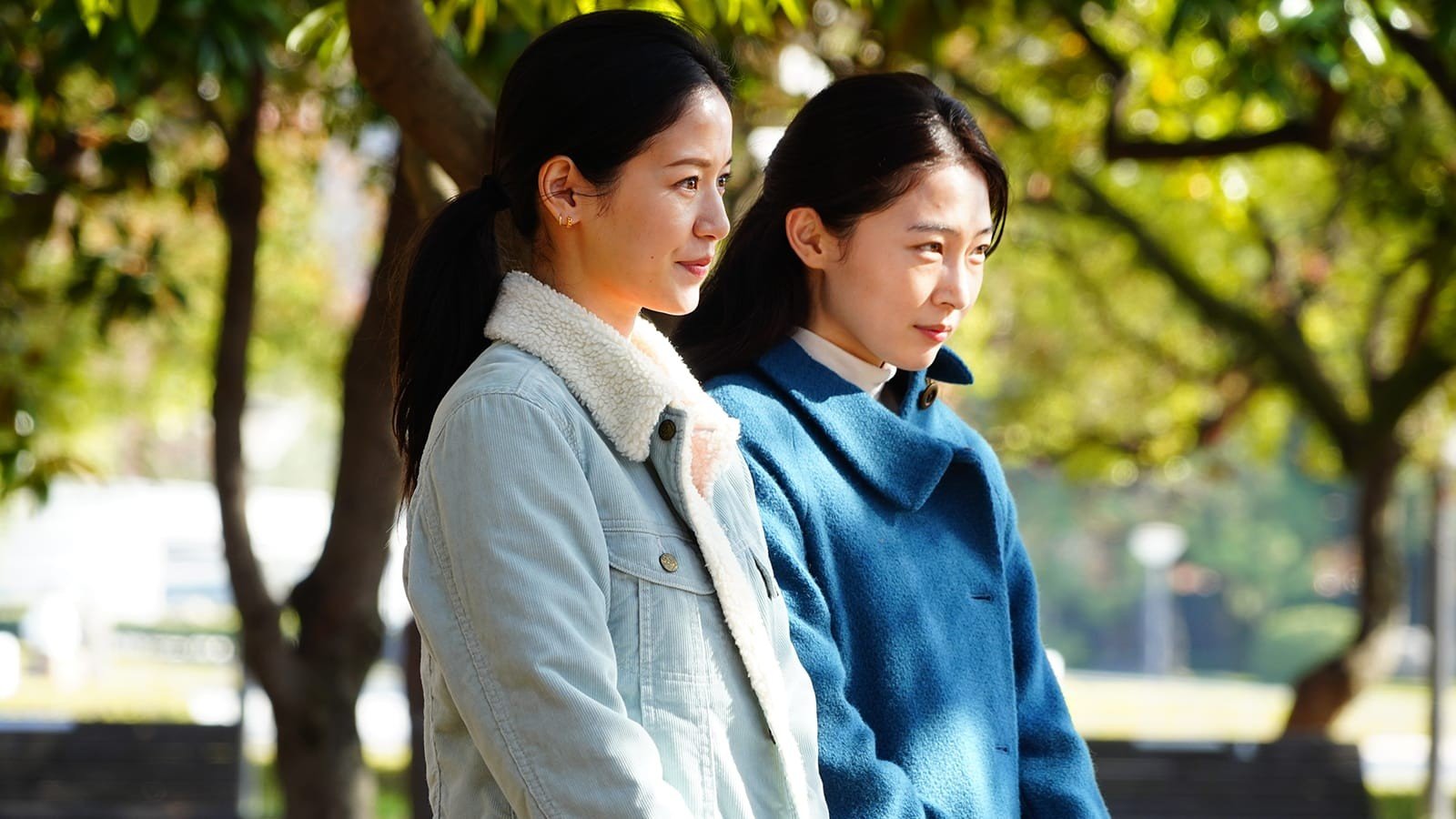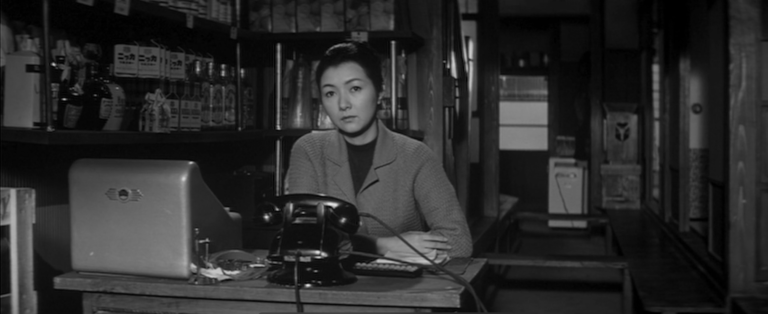As I was sitting in my chair when the end credits flashed before me, the first shrill cackle that broke out from the rows behind reminded me of where I was. No, Drive My Car didn’t transport me to another realm, and I won’t steal in some needless pretentiousness to fluff up these recollections. It made me realize that the film provided me the same comfort that Yūsuke enjoys as he sits back in his own car, having reluctantly handed over the keys to a woman he doesn’t know. The comfort of floating across the road and not feeling the friction of bumps and cracks jar you. As I got up, I felt the same gratitude a passenger feels towards his kind chauffeur, but mine was directed towards Ryusuke Hamaguchi, the director who decided to let his film breathe without lacerating it with needless cuts.
Drive My Car’s sereneness, however, isn’t merely a credit to the director’s careful treatment of footage in the long hours of post-production. His toil to create characters that bounce off each other reflects in the film’s strongest moments. I’ve always felt that when writers put pen to paper, their reluctance reflects not wanting to drag out their vulnerabilities and thrash them out on paper. The result is always the same – one-dimensional characters, tacky exchanges, and emotional heft that doesn’t deliver the punch it promises. Very few writers, and rightly so, can bring their vulnerabilities to the table and even fewer directors avoid mitigating its rawness. Wong Kar-Wai, whose fond name finds its way in all my discussions on films these days, is one to never shy away from his characters’ deep vulnerabilities. I’d like to believe that it’s because he understands that being vulnerable isn’t a weakness. If anything, it’s the purest display of the frail human condition.
This observation on characterization ties into my argument of what makes Drive My Car the compelling meditation that it is. The strengths of your pivotal characters are not standalone, and they always need to play against other characters, regardless of how seminal that other character is or isn’t in the scheme of things. In this case, the mute Yoo-na, who joins Yūsuke’s adaptation of Uncle Vanya through the benign deceitfulness of her husband, is almost angelic in the first meeting where the cat is let out of the bag. The dinner that they cheerfully labour through is so carefully wrought out to a degree where each character gains more in-depth through every exchange. Her involuntary muteness, aided by her considerate husband, expresses her gratitude to Yūsuke for allowing Chekov’s words to move through her. Sat opposite her, Tōko’s voluntary muteness represses a mountain of pent-up distress. Tōko and Yoo-na are relatively distanced in the narrative, yet the latter’s limbs and muscles act on stage, in the twilight of the film, as a conduit to Tōko’s reservedness. This is where all that toil and labour on the nuances of characterization come to fruition.
Having spoken about the unspoken, I feel it necessary to draw my attention to dialogue. Cinema is a visual medium, which relegates dialogue to the backseat. The back-of-the-hand dismissal to dialogue and how it can be “re-written” and how “actions and expressions pack more heft” stream of thought is something I’ve subscribed to vehemently in the past. But, if used rightly, as Hamaguchi has done here and Ceylan has done in his sprawling Turkish stories, notably Winter Sleep, remind me that well-written dialogue can serve as a perfect pretext for a world of emotions that surge underneath moving tongues. As the play’s reluctant lead Takatsuki and Yūsuke drive back after rehearsal, the recollection of a story whose parts have been unjustly divided by a woman and time they shared together, gives you this sense of reeling in a fish that tugs with all its might to go back into cherished waters. Their recital of that story simultaneously adds to their characters and progresses the story forward. Privy to this unintended confession, Tōko is now emboldened to elevate her honesty with Yūsuke.
I’m continuing in an analogous fashion not because I believe in parts being greater than the whole. Certainly, in the realm of moving images, the whole is of paramount importance. A narrative threaded well and through is a hallmark of a good movie. Nobody wants to watch something stitched together haphazardly. But splurging vulnerability is bordering on exploiting your characters. Threading your film through as Hamaguchi has done, is only to serve as a base for the little and profound moments to stand out. The lulls are necessary to act as foils for the highs. Those stationary shots of an old red car motoring through Modern Japan are necessary for the impact of the little moments that register their jolts. Finding a balance between these two is always a herculean task and one that directors neglect.
On my way back, across the feverish, thronged streets of Leicester Square, I asked myself a question that I seldom have the luxury to ask myself these days. What really pushes Drive My Car to that realm of masterful storytelling? Sure, scrupulous, and a sometimes ridiculous attention to detail in all things technical can leave you with a masterful film. But that film will always fall short of the promised realm of storytelling that withstands the sands of time a little longer. The answer to my question this time was fortunately in the film itself. That film can only step forward into that promised realm when a mute woman, speaking a language completely different to the woman in front of her, slides her arms comfortingly around her companion to twirl a leaf. In doing so, they speak a language that has no barriers – a human one. Those intimacies are nature’s gift. No amount of contriving will allow you to arrive at them. If you’re observant enough, they fall into your lap as a director. If you resist their trance to capture them, as Yūsuke remarks, your work is allowed to live a little longer by the sands of time.





